I was playing around with the most basic functions of LabVIEW such as converting single elemtents to arrays and cluster, back and forth. (Don't question the use of the shown algorithm, there is none.)
When converting a cluster (of similar types of course) to an array, using that for a simple mathematical operation, and converting it back to a cluster the following unbundle to splits the cluster into its individual elements behaves strangely. Connecting the unbundle to this existing cluster it automatically increases its size to 9 instead of the expected 3. The probes and the numeric indicators show that the elements above the three first items are zero.
Why is this? I would expect that array to cluster knows the size of the converted array and fits the cluster accordingly.

